A USB to Parallel Port (36 Pin) Converter Adapter is a crucial device for bridging the gap between modern computers with only USB ports and older peripherals, primarily printers, that utilize the parallel port (Centronics 36-pin) interface.
Here’s a detailed description:
General Description:
- Purpose: To enable the connection and communication between a computer’s USB port and a legacy device (most commonly a printer) that relies on a 36-pin parallel port (often referred to as a Centronics 36 or IEEE 1284-compliant port).
- Physical Form: Typically a cable with a USB Type-A male connector on one end and a 36-pin Centronics male connector on the other. Some variations might be small dongle-style adapters with a female parallel port on one side and a male USB on the other, but the cable form is more common for printers.
- Functionality: It contains active conversion circuitry (a chip) to translate the serial data signals of USB into the parallel data signals understood by the 36-pin parallel port, and vice-versa for bidirectional communication. This is a complex conversion, unlike simple pin re-routing in passive adapters.
Key Features:
- USB to Parallel Conversion: Specifically designed to allow computers with USB ports to connect to devices with 36-pin parallel ports.
- IEEE 1284 Compliance: Most good quality adapters adhere to the IEEE 1284 standard, which defines the parallel port interface. This ensures compatibility with a wide range of parallel printers and other devices that use this standard.
- Bi-directional Data Transfer: Supports sending data from the computer to the printer (printing) and receiving data back from the printer (e.g., status updates, error messages). This is crucial for modern printer functionality.
- Plug and Play (with Driver Support): While many adapters are “plug and play” in that the operating system recognizes the adapter itself, it’s often necessary to install the specific drivers for your printer. The adapter essentially creates a virtual parallel port, and the printer’s drivers then communicate with this virtual port over USB. Some modern OS versions might have generic drivers that work for basic printing, but for full functionality, manufacturer-specific drivers are recommended.
- Bus Powered: Draws power directly from the USB port of the computer, eliminating the need for an external power adapter.
- Data Transfer Speed: While USB 2.0 can theoretically support up to 480 Mbps, the actual data transfer rate will be limited by the parallel port’s speed (typically up to 12 Mbps for IEEE 1284 ECP/EPP modes). Even so, this is usually sufficient for most printing tasks.
- Durability: Constructed with standard cable and connector materials, designed for reliable long-term use.
- Operating System Compatibility: Widely compatible with various versions of Windows (e.g., Windows 7, 8, 10, 11, and often older versions like XP, 2000), macOS, and Linux.
Use Cases:
- Connecting Older Printers to New Computers: This is the primary use case. Many businesses and individuals still have perfectly functional older parallel printers that they want to continue using with modern laptops or desktops that no longer feature built-in parallel ports.
- Legacy Device Support: While less common for the 36-pin parallel port, some older industrial or specialized equipment might also use this interface, and the adapter can help maintain connectivity.
Important Considerations:
- Printer Drivers: Always ensure you have the correct and latest drivers for your specific parallel printer installed on your computer. The adapter provides the physical connection, but the printer’s software handles the communication protocol.
- Limited Functionality: While these adapters are generally very effective for printing, some highly specialized or niche functions of older parallel devices (especially non-printer peripherals) might not be fully supported due to the inherent differences in how USB and parallel ports operate.
- Not a Universal Parallel Port: This adapter is specifically for the 36-pin Centronics parallel port, which is primarily used for printers. It is distinct from the 25-pin D-sub parallel port (DB25), which was used for a wider range of devices (e.g., scanners, zip drives, dongles, etc.). While there are also USB to DB25 adapters, they are different products.
In summary, a USB to Parallel Port (36 Pin) converter adapter is an essential tool for keeping valuable legacy parallel printers in service on contemporary computer systems, providing a cost-effective alternative to replacing perfectly good equipment



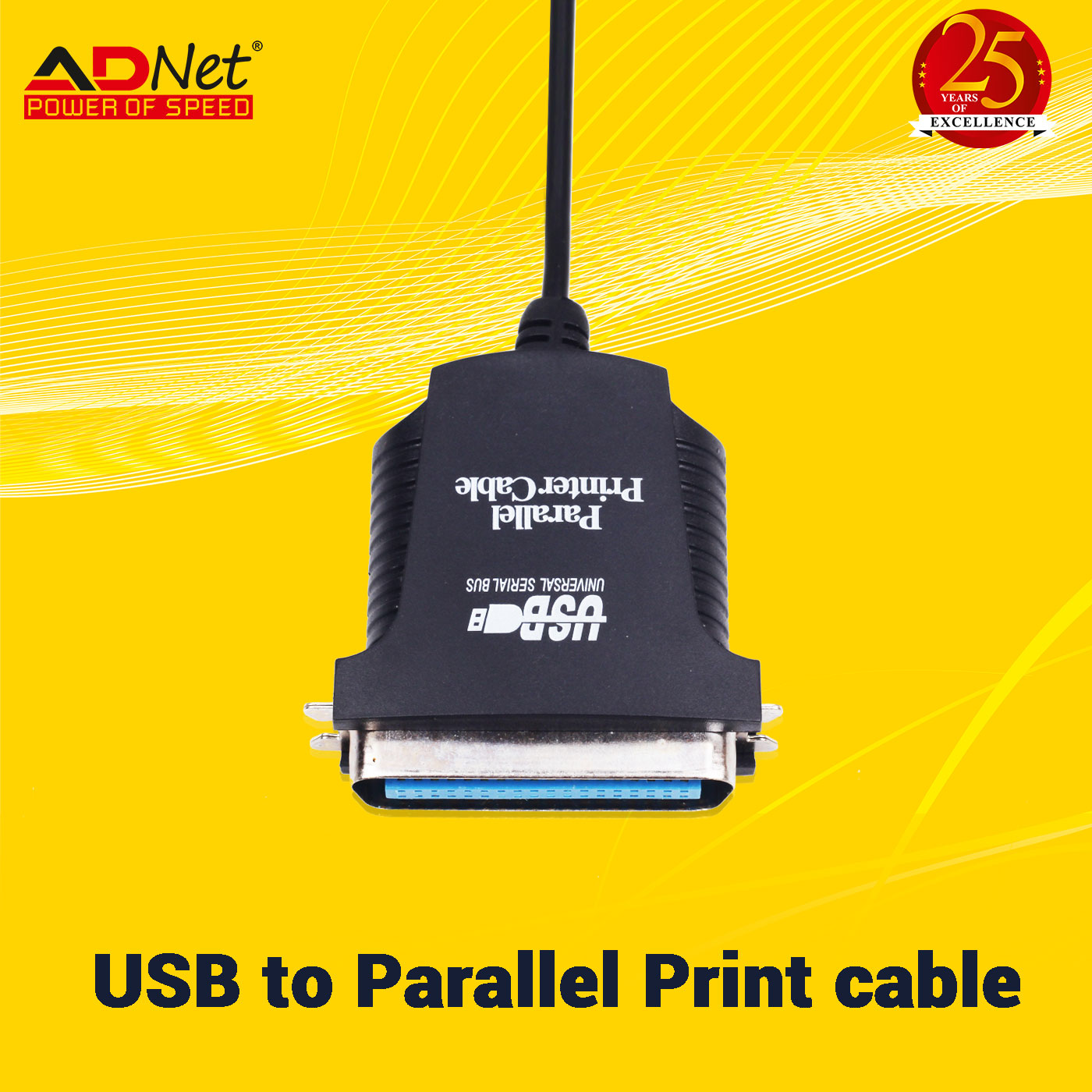
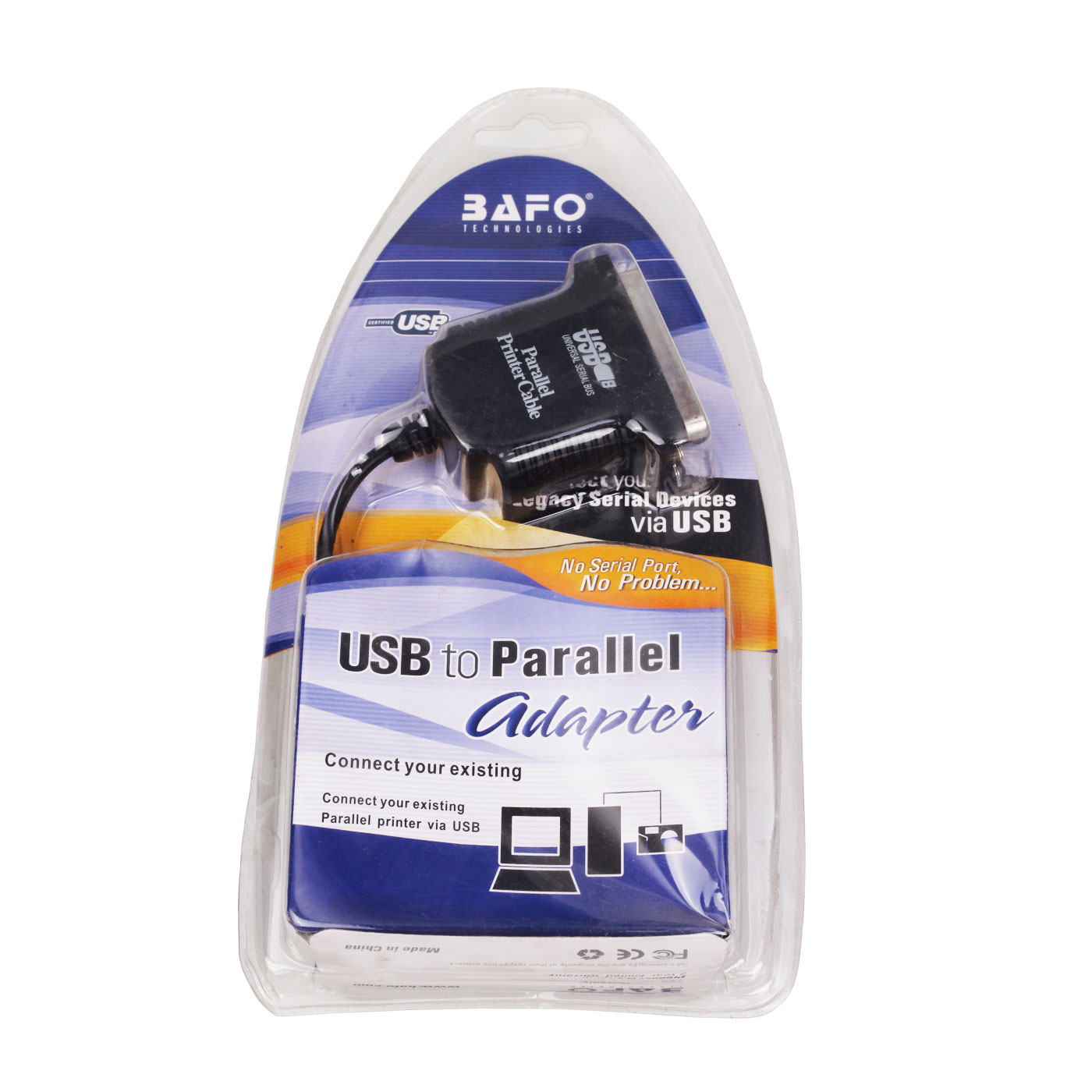






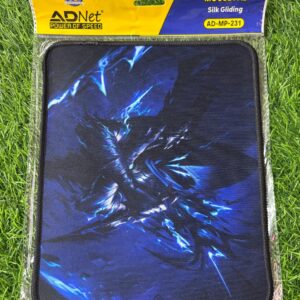
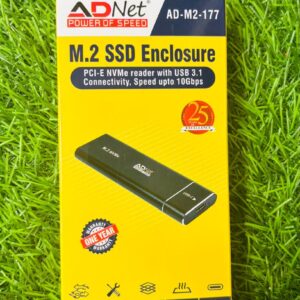
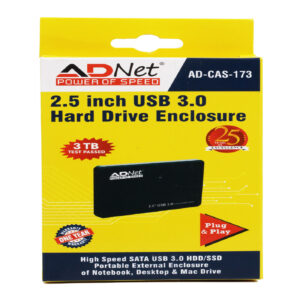
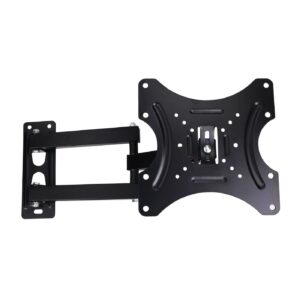


There are no reviews yet.